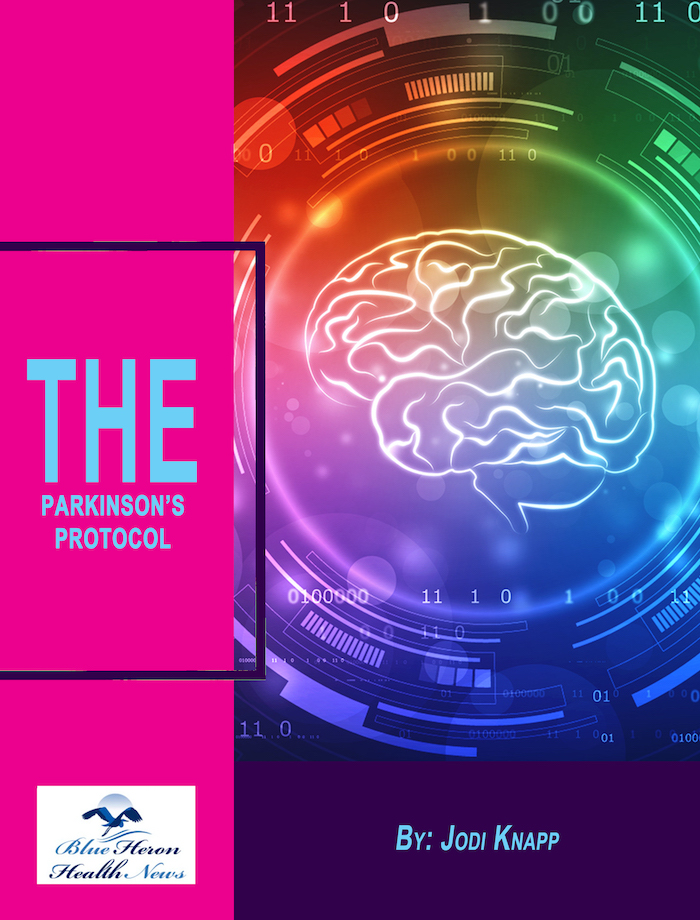
The Parkinson’s Protocol™ By Jodi Knapp Parkinson’s disease cannot be eliminated completely but its symptoms can be reduced, damages can be repaired and its progression can be delayed considerably by using various simple and natural things. In this eBook, a natural program to treat Parkinson’s disease is provided online. it includes 12 easy steps to repair your body and reduce the symptoms of this disease. The creator of this program has divided into four segments to cover a complete plan to treat this disease along with improving your health and life by knowing everything about this health problem. The main focus of this program is on boosting the levels of hormone in your brain by making e a few easy changes in your lifestyle, diet, and thoughts
How can Parkinson’s disease affect driving?
Parkinson’s disease can significantly impact an individual’s ability to drive safely due to the motor and cognitive symptoms associated with the disease. As Parkinson’s progresses, it can impair movement, coordination, reaction times, and cognitive functions, all of which are critical for safe driving. Below are the main ways in which Parkinson’s disease can affect driving:
1. Motor Symptoms
- Tremors: One of the hallmark symptoms of Parkinson’s disease is resting tremors (shaking) in the hands or other parts of the body. This can affect a person’s ability to control the steering wheel, shift gears, or operate controls in the car.
- Bradykinesia (Slowness of Movement): Parkinson’s disease can cause slowness of movement, making it difficult for drivers to react quickly to traffic changes, adjust their speed, or take evasive actions in emergency situations.
- Muscle Rigidity: Stiffness in the arms, legs, and neck can reduce a person’s ability to turn the head to check blind spots, use the accelerator and brake pedals effectively, or perform other driving-related movements.
- Postural Instability: Individuals with Parkinson’s may experience difficulty maintaining balance or sudden freezing episodes, where they momentarily feel as if their feet are stuck to the ground. This can interfere with the ability to make smooth and controlled movements while driving.
2. Cognitive Symptoms
- Impaired Reaction Time: Parkinson’s disease can slow down reaction times, making it difficult for drivers to respond quickly to sudden changes in traffic, road conditions, or signals.
- Attention and Concentration Problems: Parkinson’s can affect attention span and the ability to focus, which are essential for multitasking while driving (e.g., keeping track of road signs, signals, pedestrians, and other vehicles).
- Executive Functioning Issues: Cognitive difficulties related to planning, decision-making, and problem-solving may impair the driver’s ability to navigate complex road situations, anticipate potential hazards, or make decisions quickly in unexpected scenarios.
- Memory Issues: People with Parkinson’s disease may have trouble recalling routes, destinations, or even road signs, leading to confusion while driving.
3. Medications and Side Effects
- Dopaminergic Medications: Many individuals with Parkinson’s disease take medications such as levodopa or dopamine agonists to manage motor symptoms. While these medications can improve mobility, they may also cause side effects such as drowsiness, dizziness, or hallucinations, which can impair driving ability.
- Sleepiness and Fatigue: People with Parkinson’s disease may experience excessive daytime sleepiness due to the disease itself or as a side effect of treatment, leading to a higher risk of falling asleep while driving.
- Orthostatic Hypotension: Some Parkinson’s medications can cause low blood pressure when standing up (orthostatic hypotension), which may result in dizziness or lightheadedness while driving, making it difficult to maintain control of the vehicle.
4. Freezing of Gait
- Freezing episodes are a common symptom in Parkinson’s disease, where individuals experience sudden episodes of immobility that can last for a few seconds or longer. While these episodes typically occur during walking, they can also affect driving. If freezing happens while operating the vehicle, it can lead to an inability to move the car or stop at critical moments.
5. Visual Impairment
- Parkinson’s disease can also affect vision, causing difficulties with depth perception, blurry vision, or problems with peripheral vision, all of which can impair a person’s ability to judge distances, spot hazards, or navigate in low-light conditions.
6. Psychiatric Symptoms
- Individuals with Parkinson’s disease may experience anxiety, depression, or psychosis, which can impair their ability to drive. Anxiety or panic attacks can lead to nervousness behind the wheel, while depression can affect motivation to drive. Hallucinations or delusions, often related to advanced stages of Parkinson’s or medication side effects, can lead to unsafe driving behaviors.
7. Impact on Night Driving
- Due to symptoms like visual impairment and reduced contrast sensitivity, individuals with Parkinson’s disease may struggle with night driving. This can make it difficult to see road signs, pedestrians, or other vehicles in low-light environments, increasing the risk of accidents.
8. Impact of Freezing of Gait and Postural Instability on Parking
- Parkinson’s can affect the ability to perform fine motor tasks, such as parking the car. Difficulty with turning the steering wheel, shifting gears, or judging the distance between vehicles can make parking challenging and potentially dangerous.
9. Increasing Risk with Disease Progression
- As Parkinson’s disease progresses, the combination of worsening motor and cognitive symptoms increases the risk of accidents. In the early stages, individuals may still be able to drive safely with adjustments, but as the disease advances, driving may become too hazardous.
10. Legal and Licensing Issues
- In Australia, individuals with Parkinson’s disease are legally required to report their condition to their local transport authority (such as VicRoads in Victoria or Service NSW). The driver’s license may be suspended or restricted based on the severity of the symptoms and the individual’s ability to demonstrate safe driving skills.
- Medical assessments are often required for individuals with Parkinson’s disease to assess whether they are still fit to drive. These assessments may include a physical examination, cognitive tests, and driving tests.
How to Manage Driving with Parkinson’s Disease
- Regular Medical Assessments: It is important for individuals with Parkinson’s disease to regularly assess their driving ability with their healthcare provider. Neurologists and occupational therapists can evaluate motor function and cognitive abilities to determine whether it is still safe to drive.
- Driving Modifications: Some individuals may benefit from modifications to their vehicle, such as hand controls, swivel seats, or extended mirrors, to accommodate changes in motor skills.
- Driving Rehabilitation Programs: For individuals with early-stage Parkinson’s disease, specialized programs are available that focus on improving driving safety, including exercises to improve reaction time, coordination, and cognitive functioning.
- Family and Caregiver Involvement: Family members and caregivers should be involved in assessing whether it is safe for someone with Parkinson’s disease to continue driving. They should encourage open communication about concerns and help monitor driving ability.
When to Stop Driving
- Individuals with Parkinson’s disease may eventually need to stop driving when symptoms significantly impair their ability to drive safely. This may be recommended by a healthcare professional or a driver’s licensing authority based on assessments of motor function, reaction times, and cognitive abilities.
- Alternatives to driving, such as public transportation, ride-sharing services, or community transport options, should be explored to ensure individuals can maintain their independence and mobility without compromising safety.
Conclusion
Driving with Parkinson’s disease becomes more challenging as the disease progresses. Both motor and cognitive impairments can reduce driving safety, and individuals with Parkinson’s may need to modify their driving habits or eventually stop driving altogether. Regular medical evaluations, safety assessments, and support from family and healthcare providers can help individuals manage their driving ability and make informed decisions about when to stop driving for their safety and the safety of others.

The Parkinson’s Protocol™ By Jodi Knapp Parkinson’s disease cannot be eliminated completely but its symptoms can be reduced, damages can be repaired and its progression can be delayed considerably by using various simple and natural things. In this eBook, a natural program to treat Parkinson’s disease is provided online. it includes 12 easy steps to repair your body and reduce the symptoms of this disease. The creator of this program has divided into four segments to cover a complete plan to treat this disease along with improving your health and life by knowing everything about this health problem. The main focus of this program is on boosting the levels of hormone in your brain by making e a few easy changes in your lifestyle, diet, and thoughts